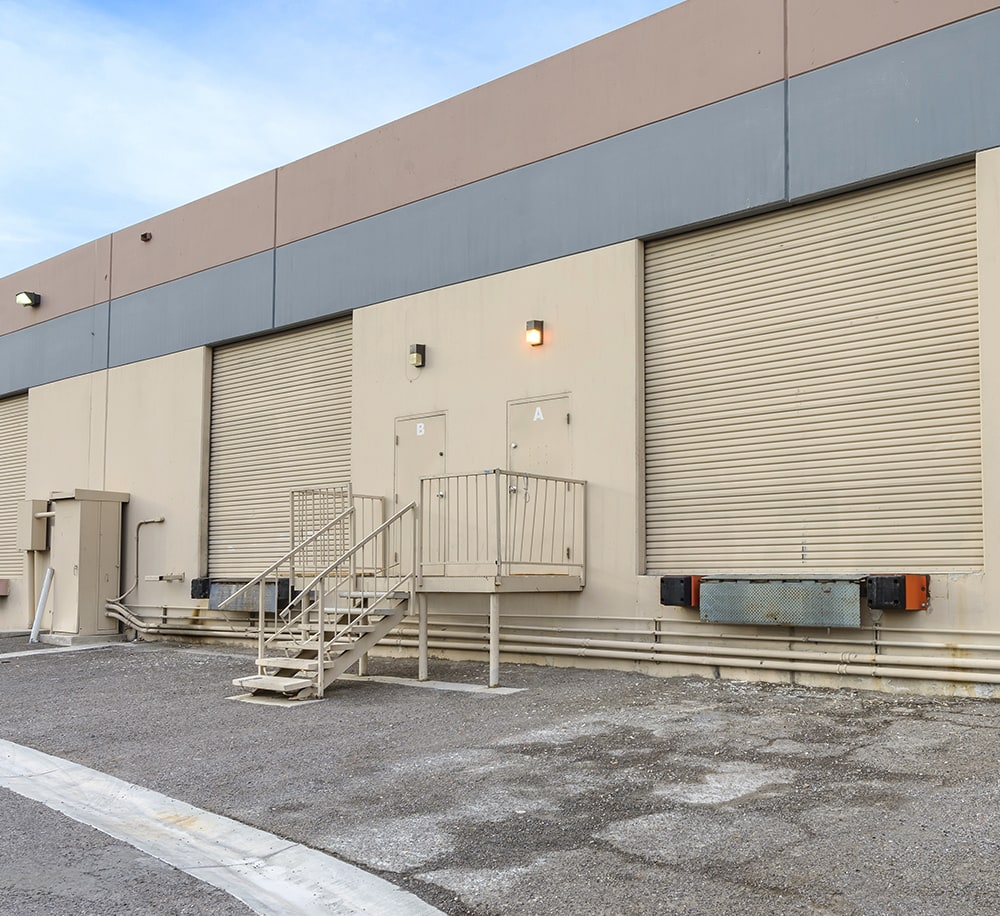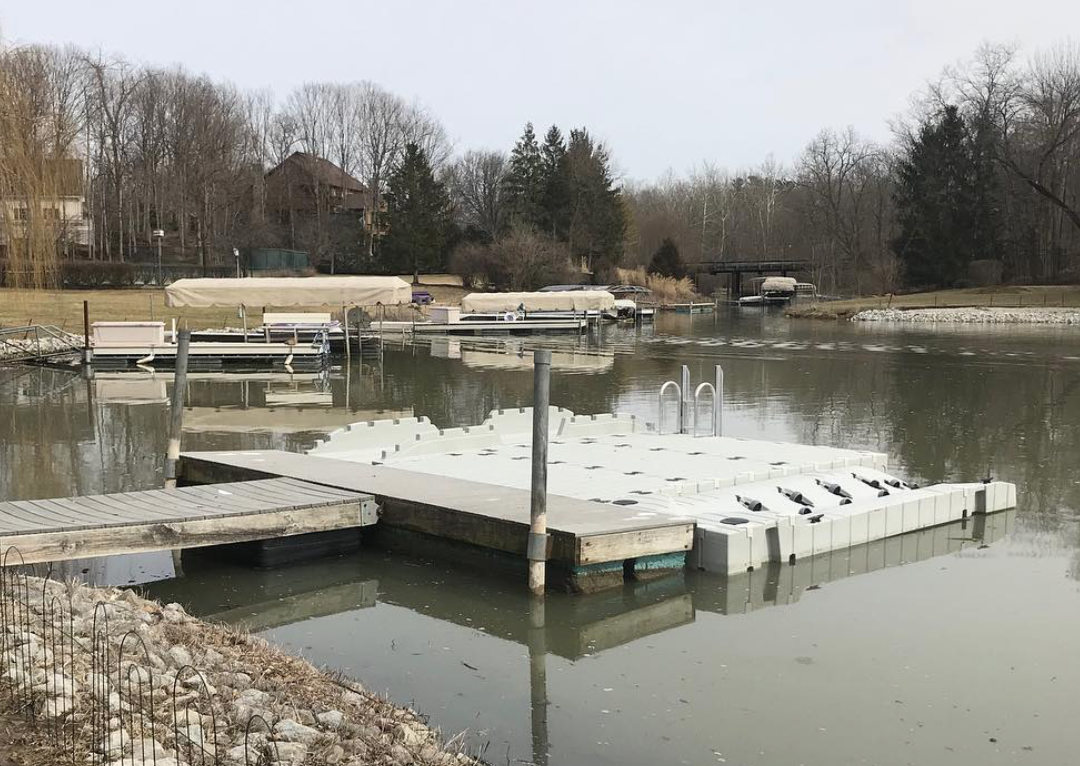Professional Insights on Lasting Dock Repairs Solutions
Professional Insights on Lasting Dock Repairs Solutions
Blog Article
Efficient Dock Repair Work Techniques: Making Sure Structural Honesty
Ensuring the architectural integrity of anchors with reliable repair strategies is extremely important for the durability and security of marine facilities. This involves a multi-faceted strategy beginning with comprehensive inspections using innovative technologies like finder tools and remotely operated lorries (ROVs) to discover both visible and hid problems. Subsequently, picking the ideal repair service products, such as composite materials and corrosion-resistant alloys, is critical for durability. Structural support methods, consisting of the application of cross-bracing systems and load-distribution plates, play an important duty in mitigating anxiety points. The relevance of these techniques comes to be obvious when exploring innovative fixing techniques and preventative maintenance strategies.
Analyzing Dock Damage
Analyzing dock damage is a critical initial step in guaranteeing the architectural integrity and safety and security of any kind of docking facility. This preliminary evaluation entails a comprehensive examination to identify both visible and surprise problems. Key facets to take a look at include the dock's structure, pilings, decking, and equipment. Each element should be looked at for indications of wear, rot, deterioration, or other forms of destruction that could endanger the structural integrity.
Structural designers or certified inspectors normally carry out these analyses using specialized strategies and tools. Underwater evaluations could utilize sonar tools or remotely operated vehicles (ROVs) to spot submerged damages. Above water, visual examinations are enhanced by utilizing moisture meters and various other diagnostic devices to discover underlying issues not quickly noticeable to the naked eye.

Picking Repair Service Products
Picking the appropriate repair work materials is an essential action in the dock restoration process, one that directly affects the longevity and performance of the repaired structure. Material option should be driven by aspects such as ecological conditions, load-bearing demands, and compatibility with existing dock parts. Timber is a conventional selection for docks due to its natural durability and aesthetic allure. Nonetheless, choosing the best kind of timber, such as pressure-treated lumber or normally rot-resistant species like cedar or teak, is essential to stand up to marine settings.
In addition to timber, composite products are progressively preferred because of their resilience and reduced upkeep needs. Compounds, typically made from a blend of plastic and wood fibers, provide excellent resistance to rot, bugs, and UV damages. For steel anchors, choosing corrosion-resistant alloys such as galvanized steel or marine-grade light weight aluminum is important to protect against corrosion and make certain structural integrity in saline water conditions.
Epoxy resins and marine-grade sealants are indispensable for repairing fractures and securing joints, providing a water resistant obstacle and boosting the dock's overall strength. By thoroughly picking top quality materials, dock repair services can attain long-lasting results, consequently guarding against future degradation and making sure secure, reliable use.
Structural Support Strategies
Reliable structural reinforcement strategies are essential in guaranteeing the security and longevity of dock repair services. One essential approach entails using steel or composite reinforcement bars (rebar) within concrete frameworks. Rebar provides extra tensile toughness, preventing splits and distributing lots a lot more uniformly. This technique is especially efficient for docks subjected to heavy loads or harsh environmental problems.
An description additional crucial strategy is the application of fiber-reinforced polymers (FRP) These products supply high strength-to-weight proportions and superb resistance to deterioration, making them ideal for reinforcing concrete or wooden docks. FRP can be applied in sheets or strips and adhered with epoxy materials to improve structural stability.
Bracing and securing systems likewise play a vital function in architectural support. Cross-bracing, using steel or wooden light beams, can combat lateral pressures, minimizing persuading and movement. Securing systems, such as helical piers or driven heaps, offer a stable structure by transferring tons to deeper, a lot more stable soil layers.
Last but not least, the combination of load-distribution plates can aid disperse weight extra equally across the dock's surface area, alleviating localized stress factors. These methods jointly guarantee that docks continue to be risk-free and robust, with the ability of withstanding the roughness of their operational environment.
Advanced Repair Work Techniques

One more sophisticated method includes underwater welding, which permits repair services to be carried out without the requirement to dewater the area. This technique is especially helpful for attending to structural problems in submerged dock components, ensuring marginal disturbance to procedures. Improved welding techniques, coupled with robot systems, supply accuracy and dependability, thereby extending the life-span of the dock.
In addition, cathodic security systems are carried out to stop his comment is here corrosion in metal dock frameworks. By utilizing sacrificial anodes or amazed current systems, these strategies properly minimize the electrochemical procedures that result in product degeneration.
Finally, advanced surveillance innovations, such as structural wellness monitoring (SHM) systems, provide real-time information on the condition of dock frameworks. These systems allow aggressive maintenance and timely treatments, ultimately making certain the long-lasting architectural stability of the dock.
Upkeep and Prevention
Upkeep and prevention are basic ideas that underpin the long life and safety of dock frameworks. Routine examinations are critical, permitting very early detection of deterioration, possible weaknesses, and ecological influences. A positive strategy, involving regular look for rust, rot, and architectural shifts, alleviates costly repair services and extends the dock's operational life.
Safety nets ought to consist of using safety finishings to steel parts to protect versus corrosion and using treated timber to stand up to degeneration. Additionally, making sure correct drainage and ventilation can avoid water accumulation, which is a typical reason for architectural destruction. Incorporating quality materials and adhering to maker standards throughout building and construction and repair phases likewise play vital duties in boosting resilience.

Educating employees in dock upkeep best practices ensures regular application of precautionary steps. Leveraging technical breakthroughs, such as drones for evaluations and sensing units for real-time surveillance, can additionally improve maintenance efforts. By focusing on maintenance and prevention, dock proprietors can guarantee structural honesty, operational safety and security, and cost-efficient administration over the dock's lifespan.
Verdict
In final thought, keeping the structural stability of aquatic facilities requires comprehensive dock repair work methods. Advanced fixing techniques, coupled with routine upkeep techniques, guarantee the dock continues to be safe and operational under varied ecological conditions.
Guaranteeing the structural integrity of anchors with reliable repair work methods is vital for the long life and safety and security of aquatic facilities.Picking the ideal repair products is a crucial action in the dock restoration process, one that directly influences the longevity and efficiency of the fixed framework.Efficient architectural reinforcement methods are vital in making sure the security and durability of dock repair services. By prioritizing maintenance and prevention, dock proprietors can ensure architectural honesty, functional security, and affordable management over the dock's life expectancy.
In final thought, preserving the structural integrity of marine centers demands detailed dock repair service methods.
Report this page